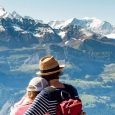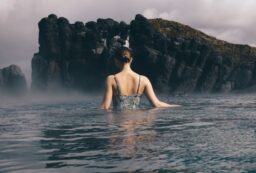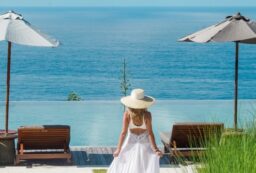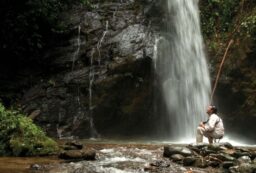
By Susan Kime
The three plus hour drive from Quito to Mashpi Lodge is as much of a pilgrimage from one destination to another as it is an unwinding — from the clash and chaos of urban to an experience beyond rural. Mashpi lies inside the primeval Cloud Forest of the Ecuadorian Andes. It is a rainforest wellness sanctuary, where active adults and families, and even lone wanderers, come to sense often-hidden pulse of the natural world.
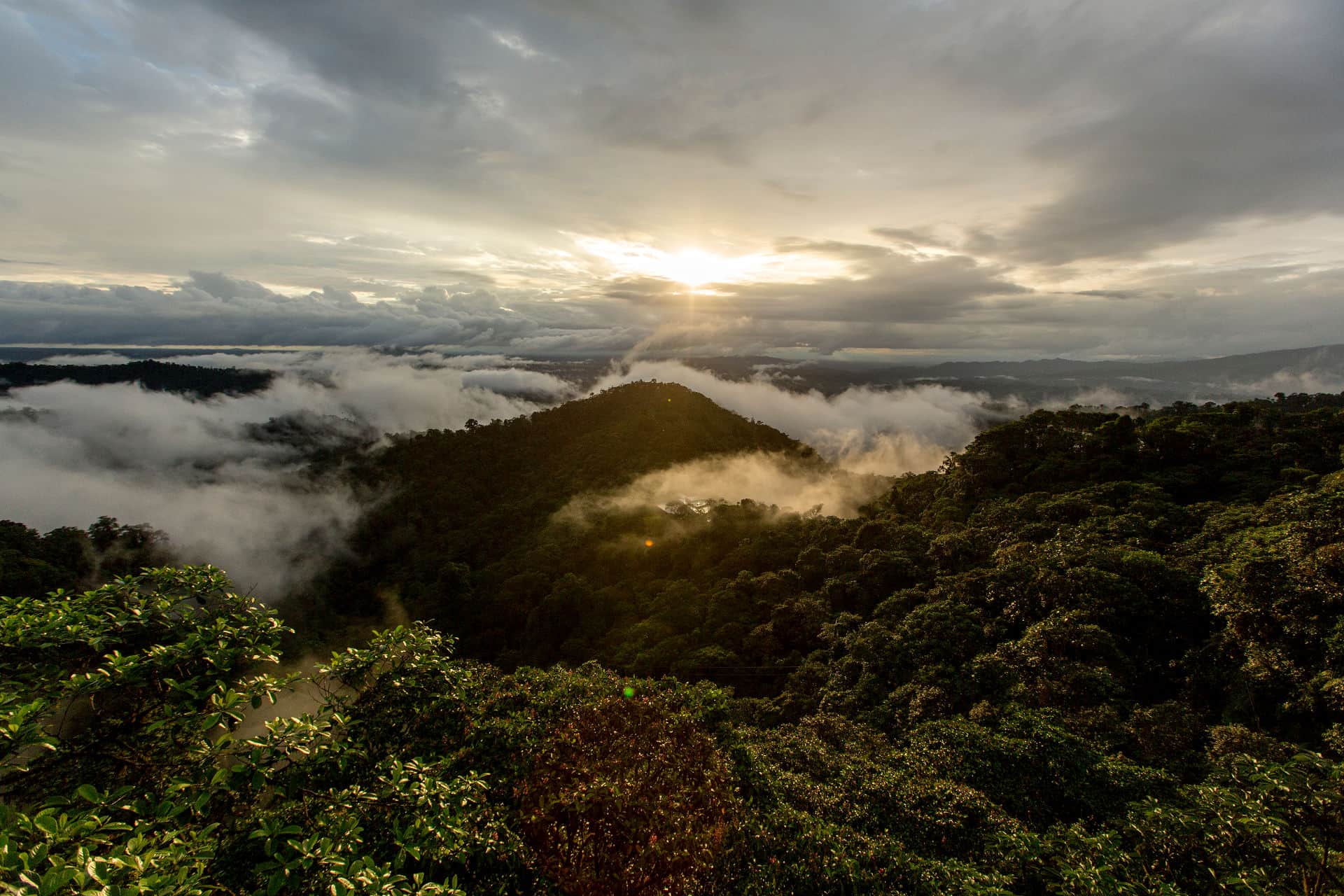
Mashpi Lodge sits at 3,117 feet above sea level. Nestled between lower mountain rainforest and cloud forests in the heart of a 2,500-acre private reserve, the Lodge is a rainforest outpost where 70% of its land is primary and primal, forest. Mashpi’s original vision dealt with biology, with plant and animal research; it was built for biology research and remains a haven for naturalists who learn more about plant and animal behavior, being so close to where animals and insects live and are undisturbed. The research biologists who work at the Mashpi Science Center, have dedicated their young lives to this type of research.

But, right up the road is another dimension of Mashpi – wellness – as practiced at the The Samay Wellness Center. It is designed with two wellness areas to blend with the lodge’s natural environment. The adjacent wellness area, accessible via a short path that winds through lush foliage, offers opportunities for viewing numerous species of birds, relaxing in the covered open-air hot tub, or practicing a favorite asana on the welcoming yoga deck.
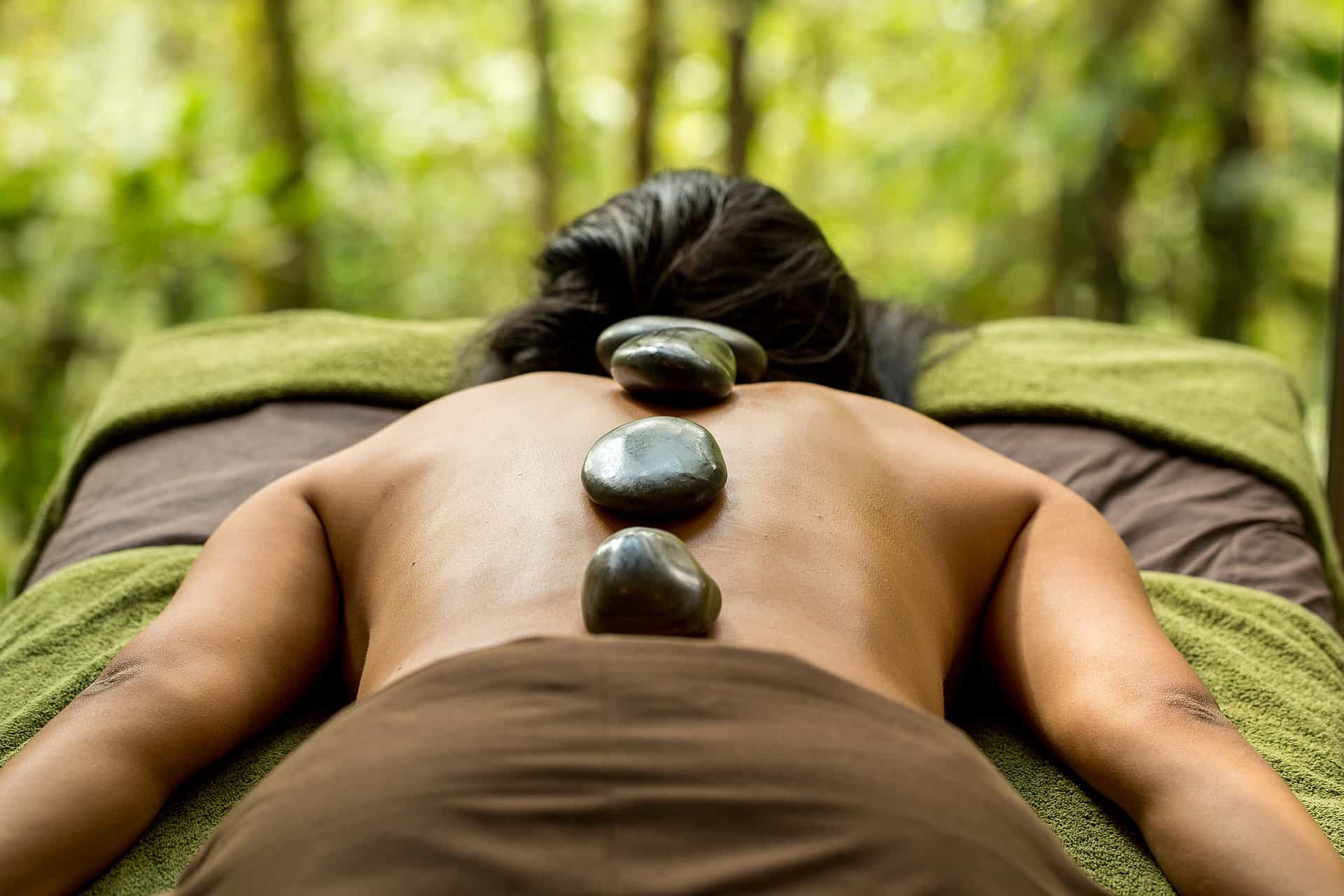
"Nestled between lower mountain rainforest and cloud forests in the heart of a 2,500-acre private reserve, the Lodge is a rainforest outpost where 70% of its land is primary and primal, forest."
Full body massages are offered, using herbal sachets, or Ecuadorian chocolate oil, or passion fruit, magnolia essences. There is even a massage offered ay the base of one of the waterfalls, where, after the massage, the guest can swim in the water.
Mashpi Lodge, then, is as much of a spiritual awakening as it is an active journey of connection –moving from city life to the life of sanctuary. After that hours-long sojourn from Quito into the Andes cloud forest, one sees the lodge at first through lush green palm fronds: a glass-fronted eco lodge in built with sustainable building techniques. It is having 22-rooms that overlook the lower mountain cloud forest and rainforest of the Mashpi Reserve.
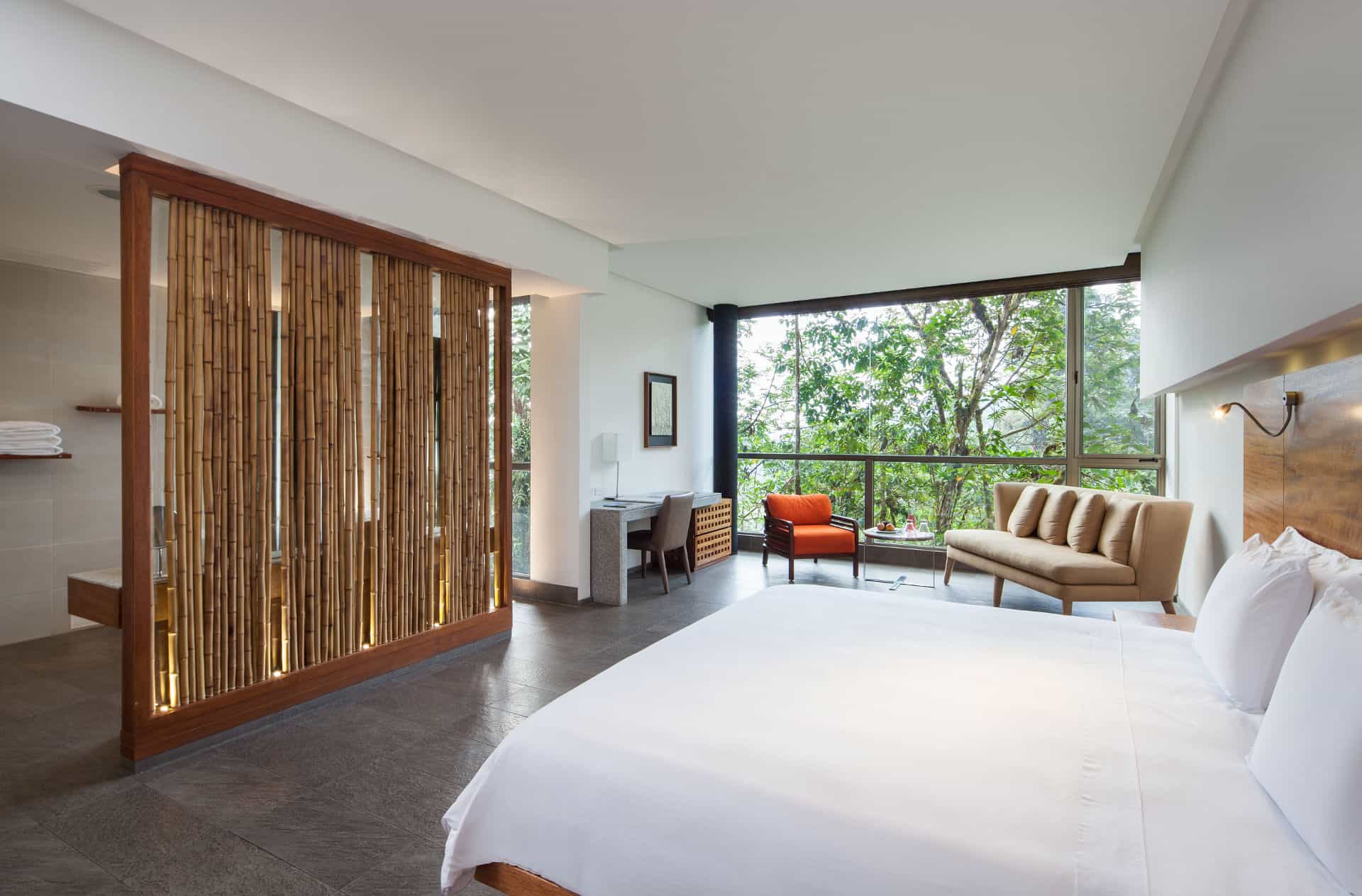
Mashpi Lodge has grown to combine both their foundation of plant and animal biology with that of human wellness. But there were other soul lessons we learned from the Mashpi forest, as well as from the many guides and resident biologists.
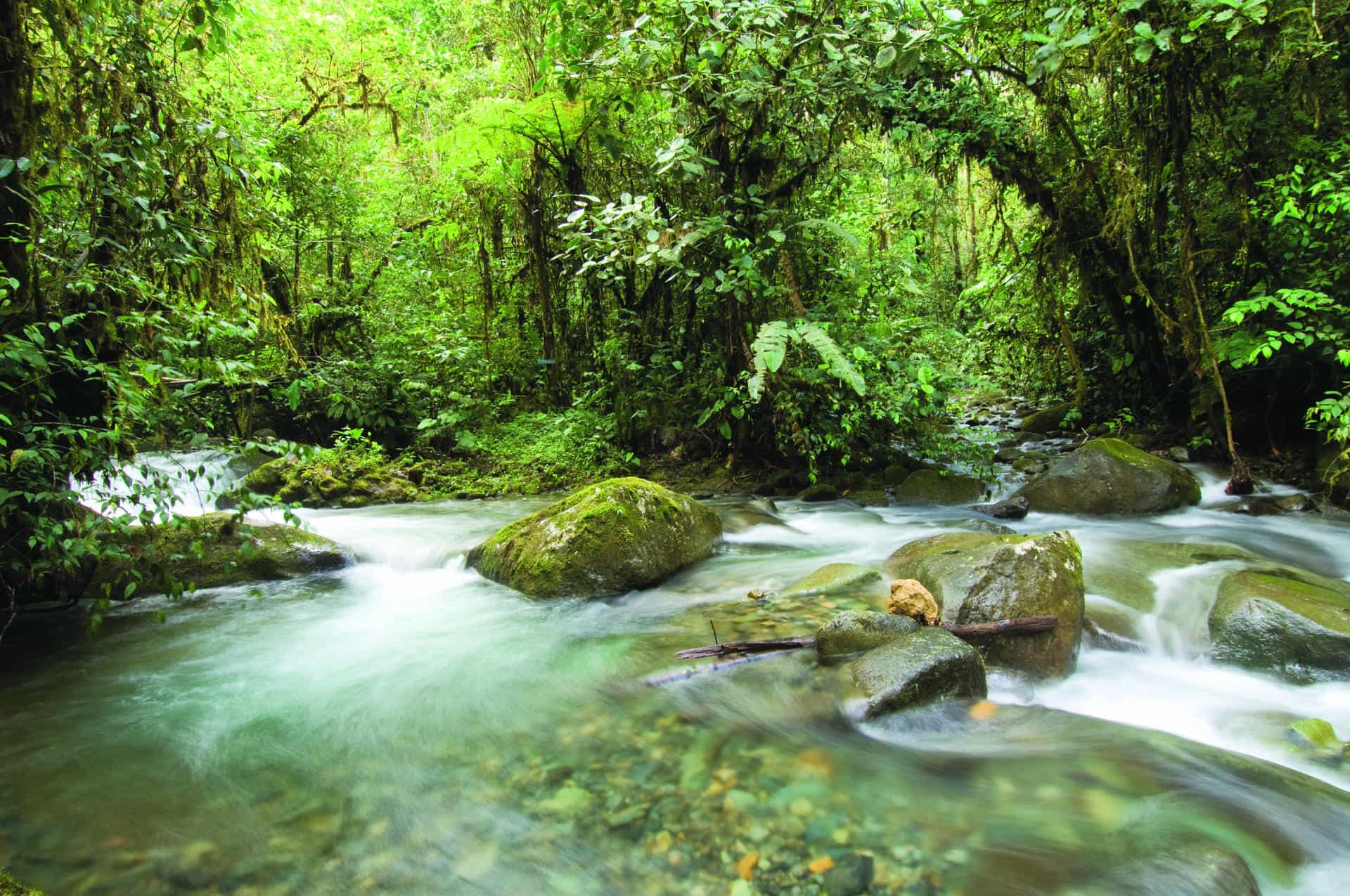
One, that the finality of death, from the forest’s perspective, seems false. In the forest, when plants, leaves or even trees initially pass, they move into the soil, plants and seeds cling and germinate on trees or shrubs, and garner new life from natural decay. Two, the forest watches us.
"The Mashpi forest is home to a profusion of newly discovered plant species"
On Mashpi evening walks, we see eyes looking from bushes, see bio-luminescent foxfire fungi, and sometimes, insects that glow in the dark, as they scurry away. Three, if a new species of plant or animal is discovered, it is a good chance there are so many others we don’t know about yet.

The Mashpi forest is home to a profusion of newly discovered plant species, one is the Mashpi Magnolia. The forest is also home to close to 500 species of birds –including 36 endemic species — found only here. In these forests, 32 hummingbird species have been identified also. At the Hummingbird Sanctuary, while the hummingbirds were drinking sugar water from their feeders, a large animal climbed on a tree branch – a large weasel. The weasel eyed us with a feral suspicion, as we humans, non-feral but equally as suspicious, did with him or her. The hummingbirds did not seem to care about such drama.

Also, a small, new, semi-transparent frog – the Glass Frog—was found here a few years ago. Located close to the lodge, there are unique, sense-driven experiences that allow Mashpi guests to become part of the forest, becoming one with it. “How can you tell the dancer from the dance?” the Irish poet Yeats asked. A good question, especially for now, as we experienced the DragonFly Cable Gondola and the Sky Bike, both allowing guests to observe the forest, drone-like, from above.
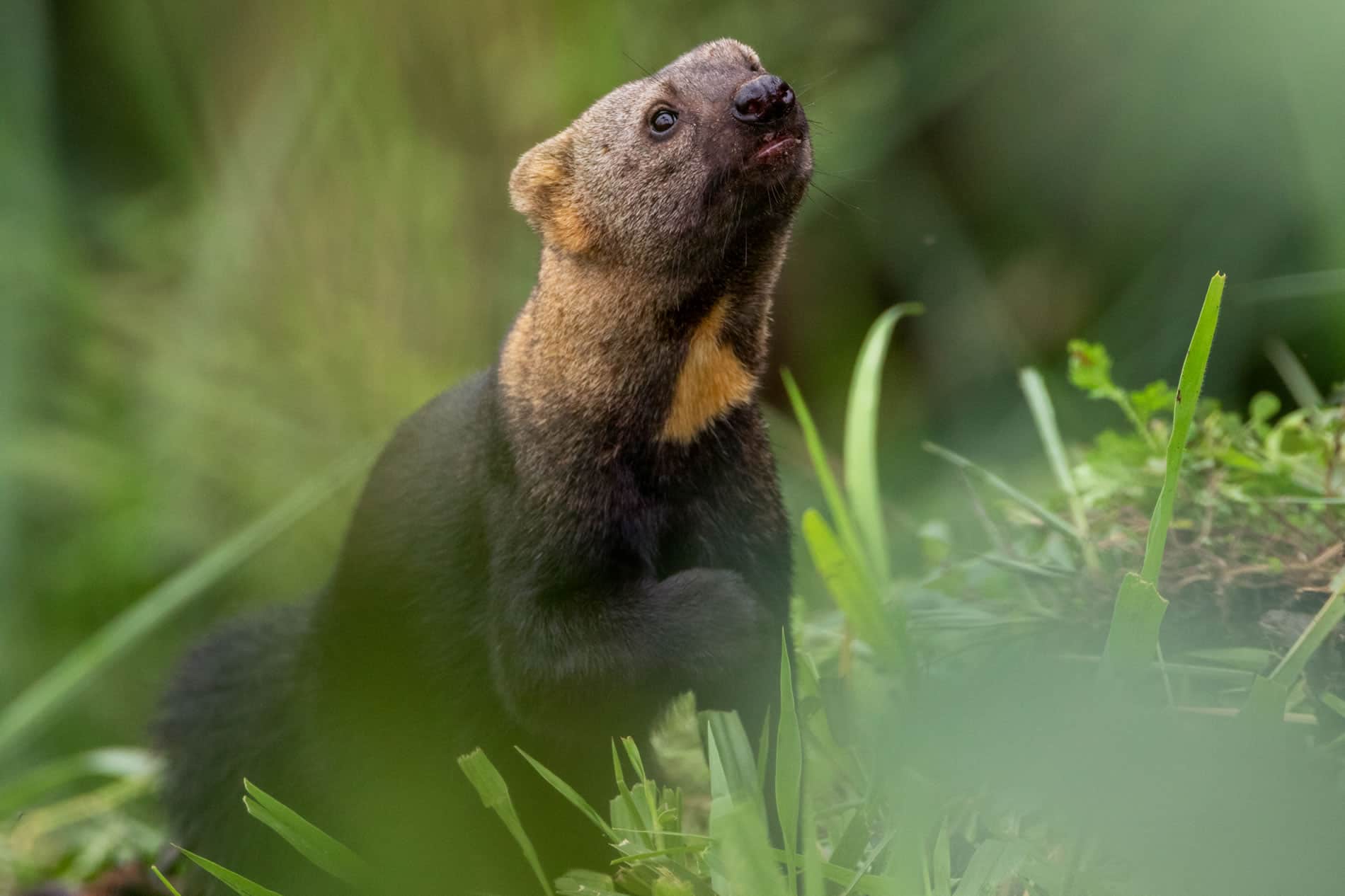
The Dragonfly is a cable enclosure that moves from beginning of the cloud forest to the end, and back. One sees the expanse of this forest from above, then moves down a small degree so multiple waterfalls – one where the Glass Frog was discovered–can be seen, in addition to being heard. And yet, an exceptional experience came from out of nowhere: – out of the corner of our eyes we saw an unearthly blue butterfly, flying quickly from tree to tree. “Look!” said our guide, “A Morphos butterfly!” But an even more intense dancer from dance experience came with the sky bike.
The sky bike allowed for two people – one pedaling, the other observing — on a cable that allows for multiple weight, to pedal through the rainforest. In our experience, we looked down into the clouds, and up into the high forested tree crowns, seeing wild ginger, mountain fuchsia and even Sisal flowers.
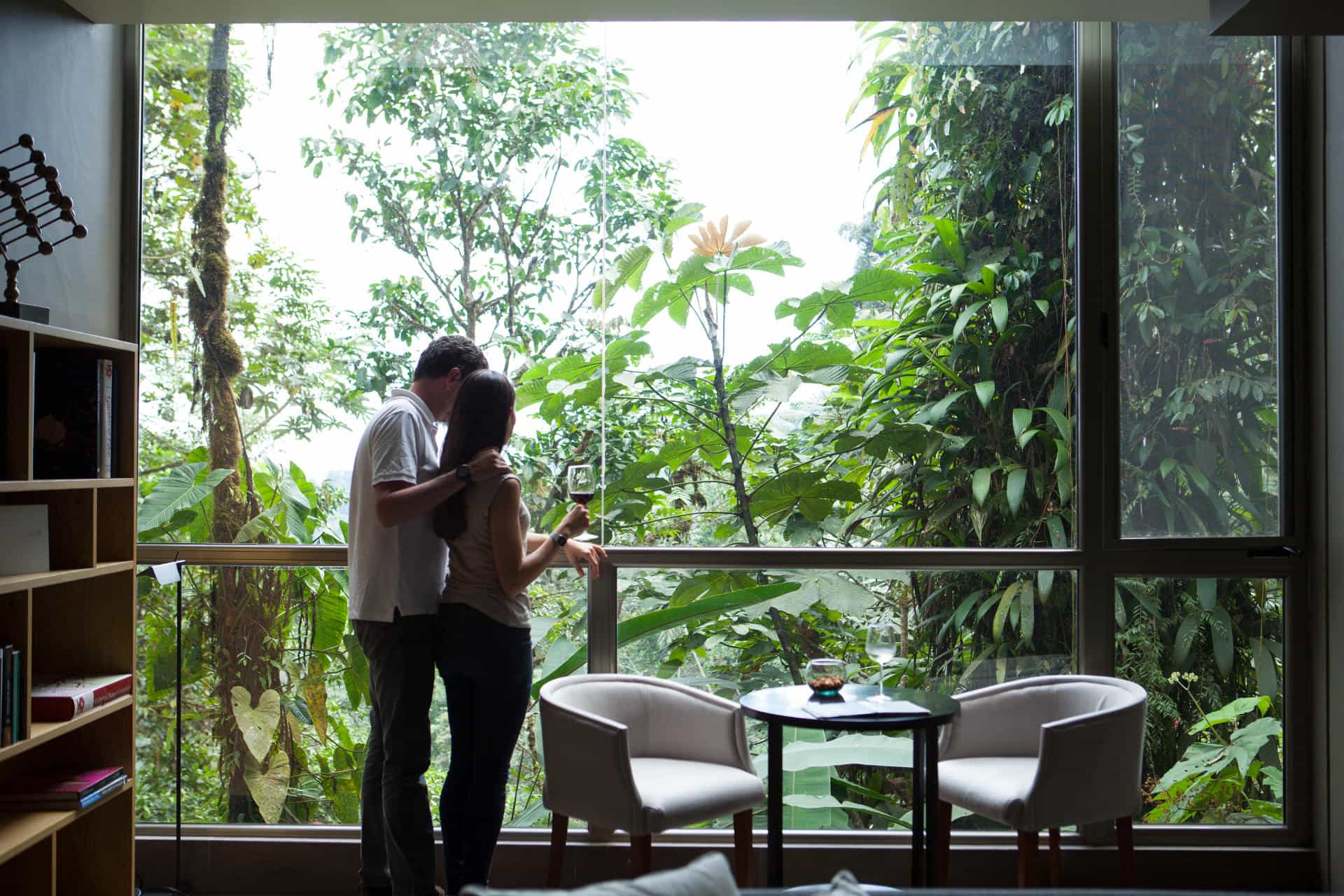
This sky bike experience reflected lessons learned from Mashpi: they involved perceptual change – as we move from an urban platform of steel and cabal girding – symbolic of our urban selves – we bike into a platform of air and cloud. We too felt more enlivened as we tore those urban coils, leaving our city identities behind, and moving back into the intuitive, often primordial identities—those, if we were consistent truth tellers, we had all along, but usually hidden because of urban duties. But, like the Glass Frog and the Morpho butterfly, were still there, waiting to be re-discovered. On that bike, we became one with the cloud, looking down at our ancient forest and cloud homes, with both longing and resistance, the joy of ambivalence.

